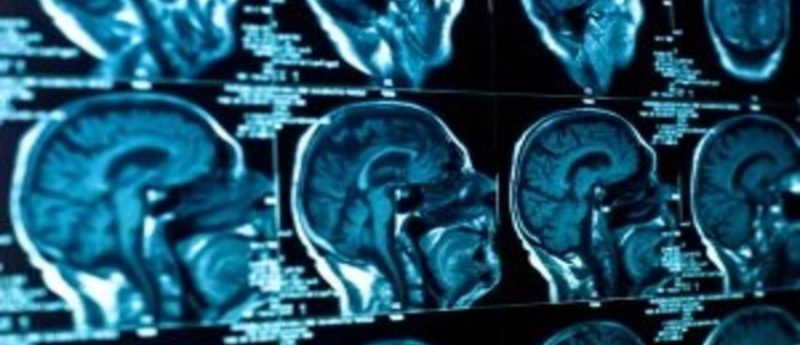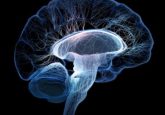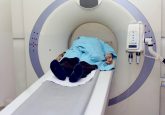Effects of chemoradiotherapy on the healthy brain tissue of glioblastoma patients revealed

The specific structural changes that occur in healthy brain tissue following exposure to combined chemoradiotherapy for brain tumor therapy have recently been revealed in a report published in Neurology. The study, carried out by investigators at Massachusetts General Hospital Cancer Center (MA, USA), also indicated that these changes are progressive in nature, continuing even after exposure to therapy is complete.
“It is well known that whole-brain radiation can have adverse, neurotoxic effects and causes loss of brain volume in some individuals,” commented senior author Jorg Dietrich (Massachusetts General Hospital). “This is the first prospective and longitudinal study to characterize structural brain changes resulting from standard radiation and chemotherapy in patients with malignant brain tumors. Further studies with neuropsychological evaluation will be needed to characterize the functional consequences of these structural changes.”
The team enrolled 14 individuals with glioblastoma to the study, all of whom were due to undergo tumor resection followed by chemotherapy and radiotherapy. Imaging of the brain was carried out in each patient prior to the initiation of therapy and during the 35-week standard treatment protocol.
Eight of the patients involved in the study underwent enough imaging studies for the team to observe alterations in the brain. Overall, whole-brain volume was seen to significantly decrease during the study period – an effect that was mostly observed in the grey matter and that was obvious within a few weeks of therapy commencement. It was noted that the brain ventricles became progressively enlarged during treatment and alterations were also observed in the brain cell-generating subventricular zone.
“We were surprised to see that these changes – reduced grey matter volume and ventricular enlargement – occurred after just a few weeks of treatment and continued to progress even after radiation therapy was completed,” explained Dietrich. “While this was a small study, these changes affected every patient at least to some degree. Now we need to investigate whether these structural changes correlate with reduced cognitive function and whether neuroprotective strategies might be able to stop the progression of brain volume loss.”
He continued: “Establishing novel imaging biomarkers of treatment-associated neurotoxicity – such as ventricular enlargement, which can be tracked with any MR scanner – will be a critical step towards developing more selective therapies that are targeted to the tumor and spare normal brain tissue.”


